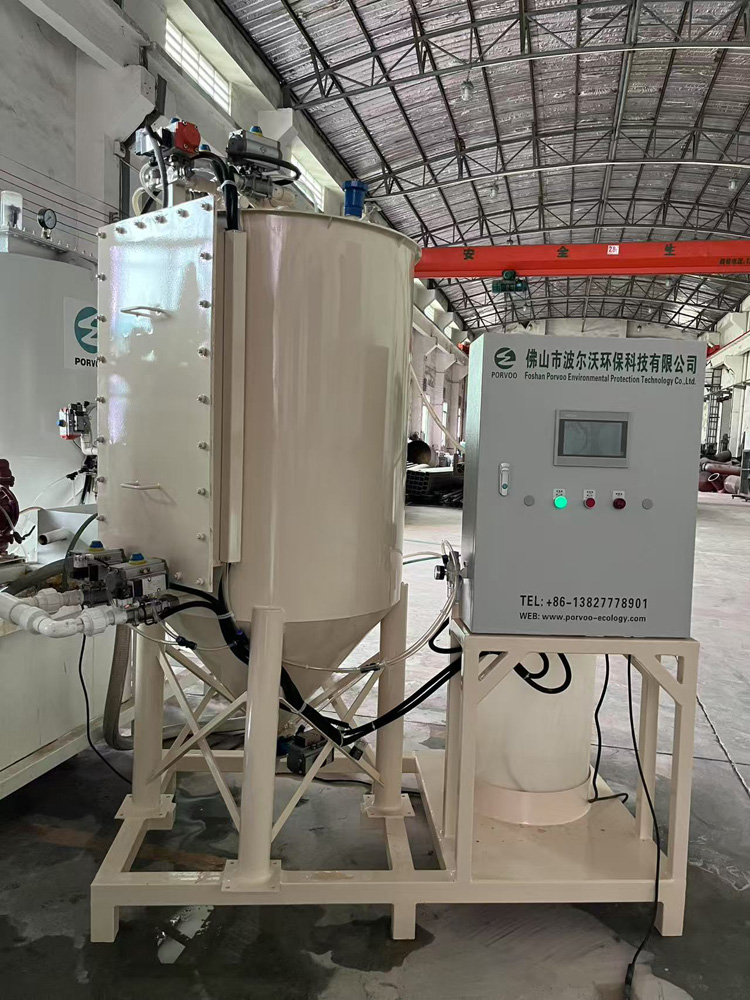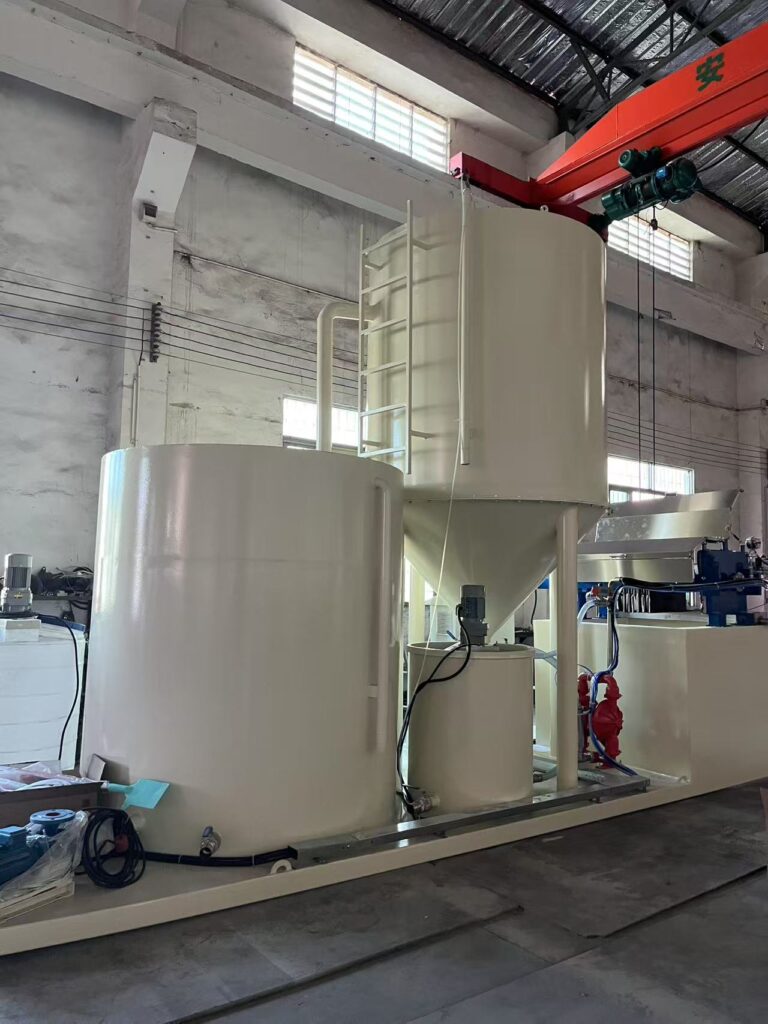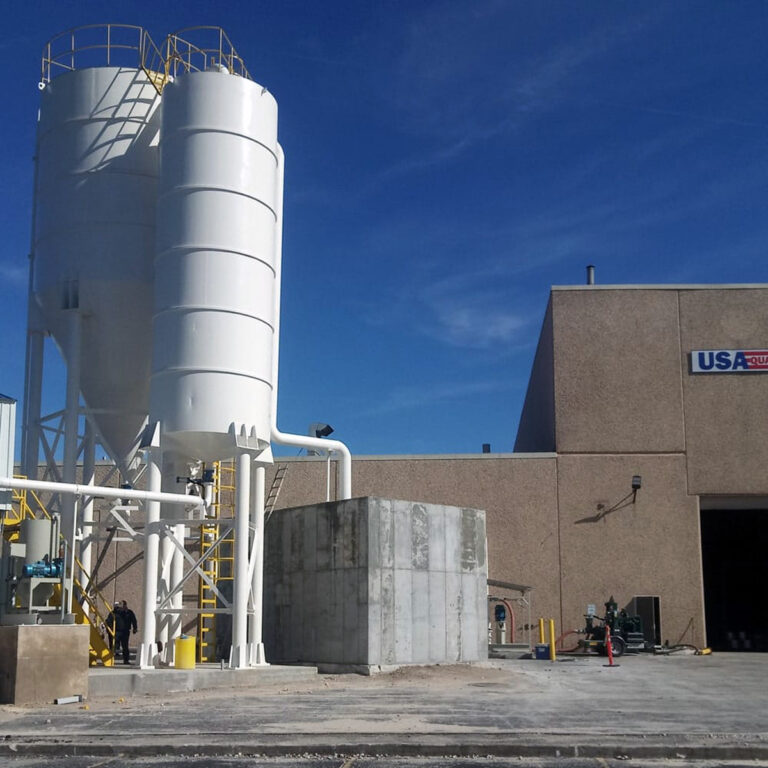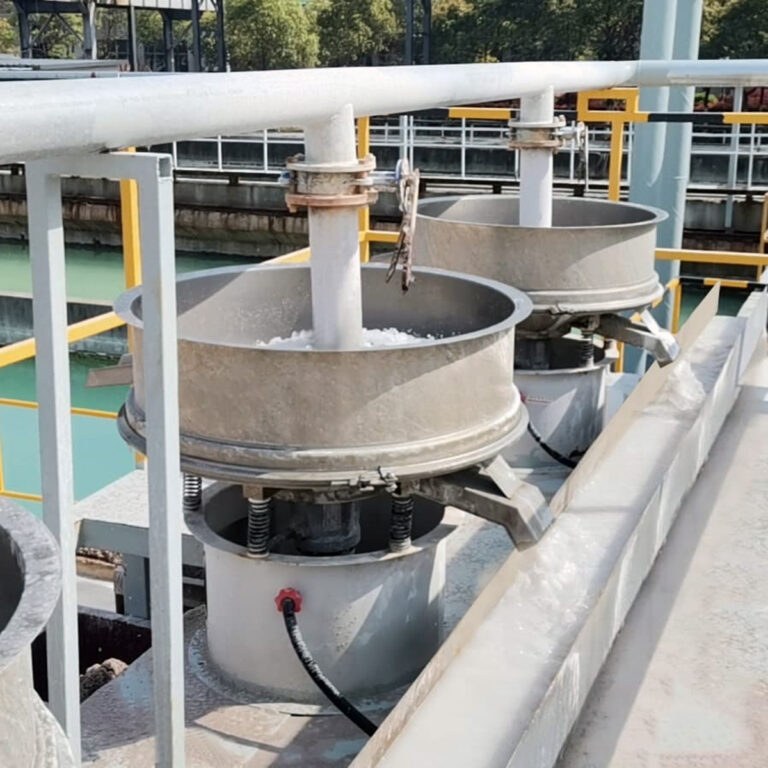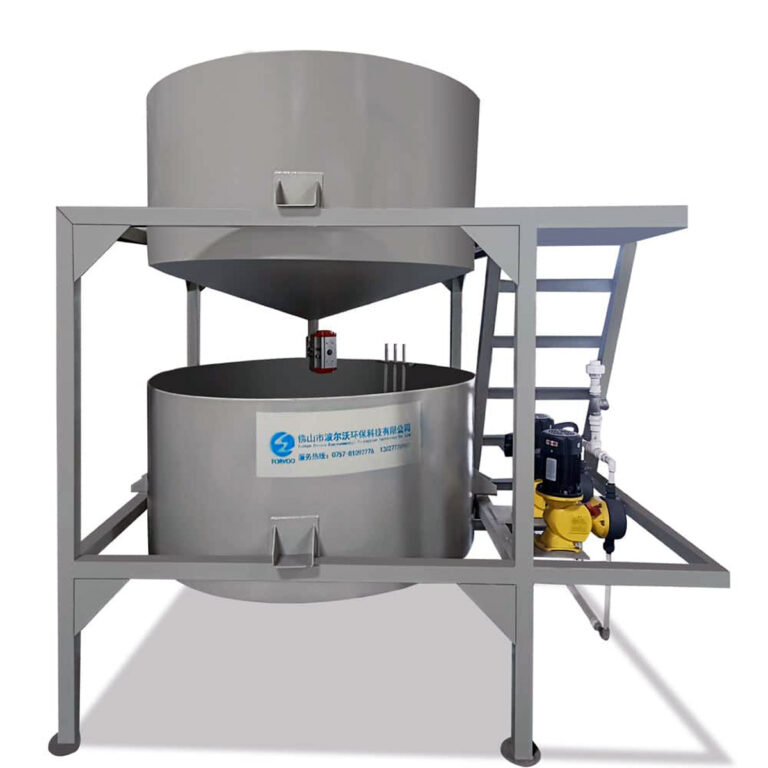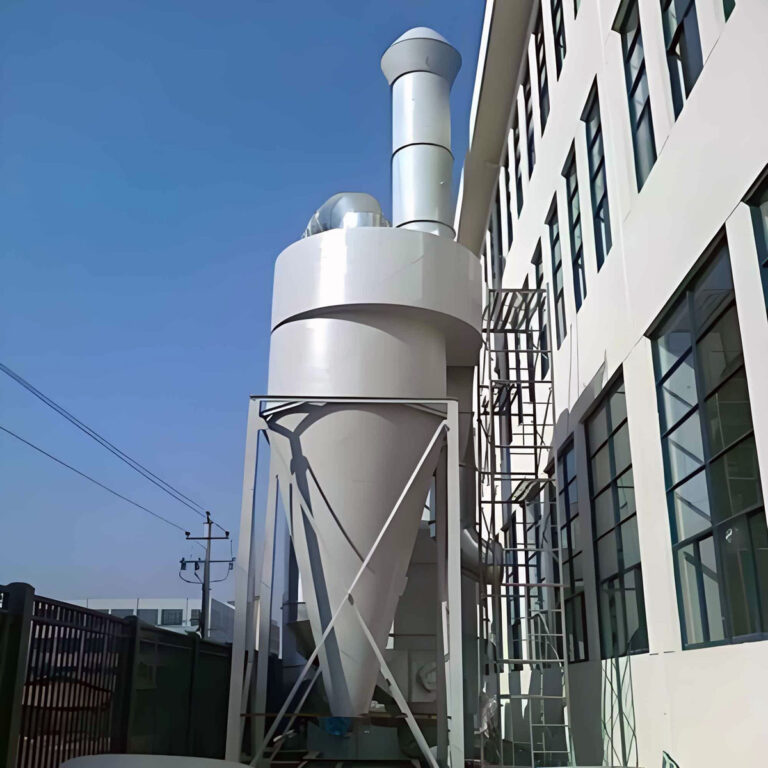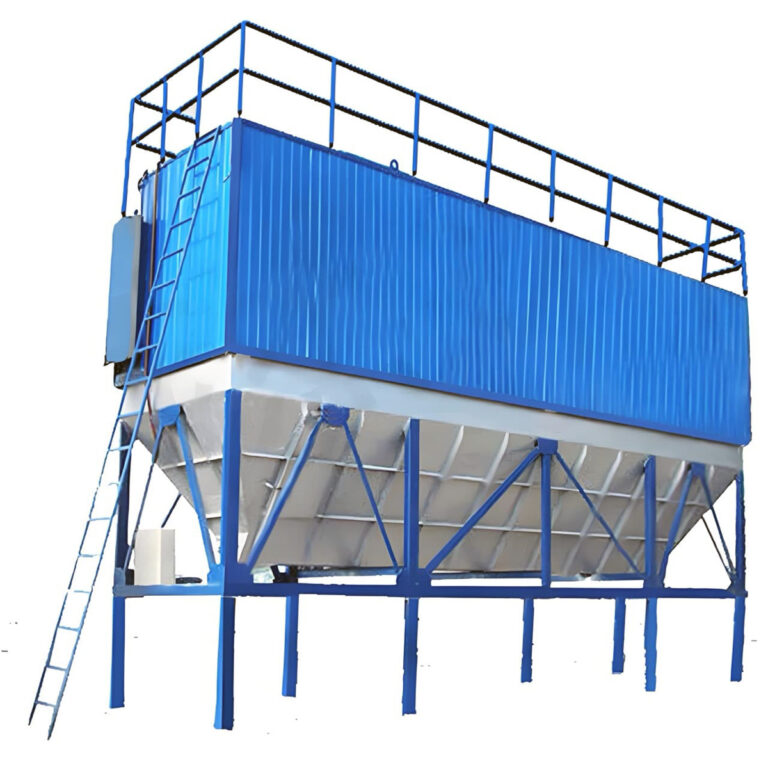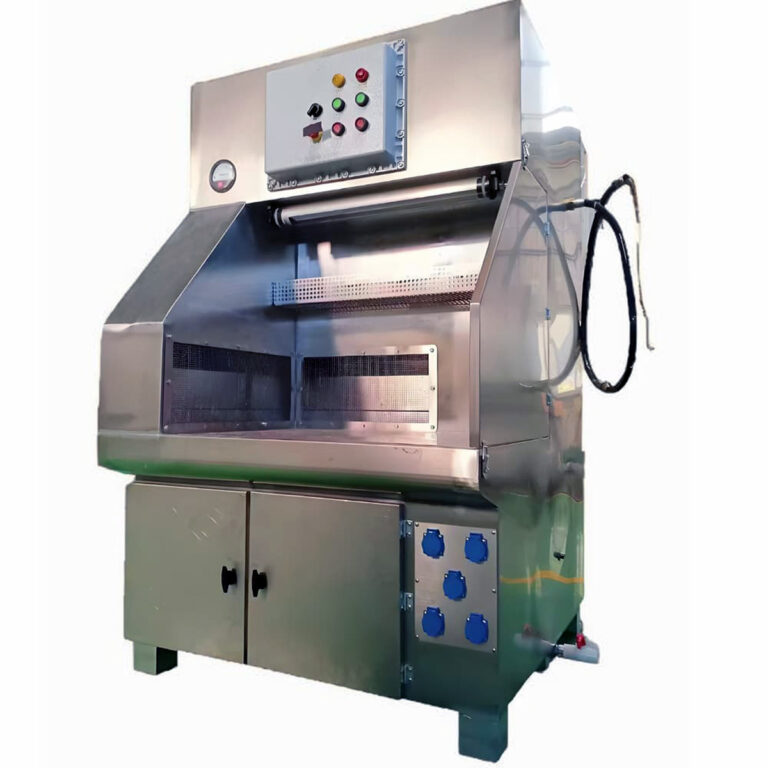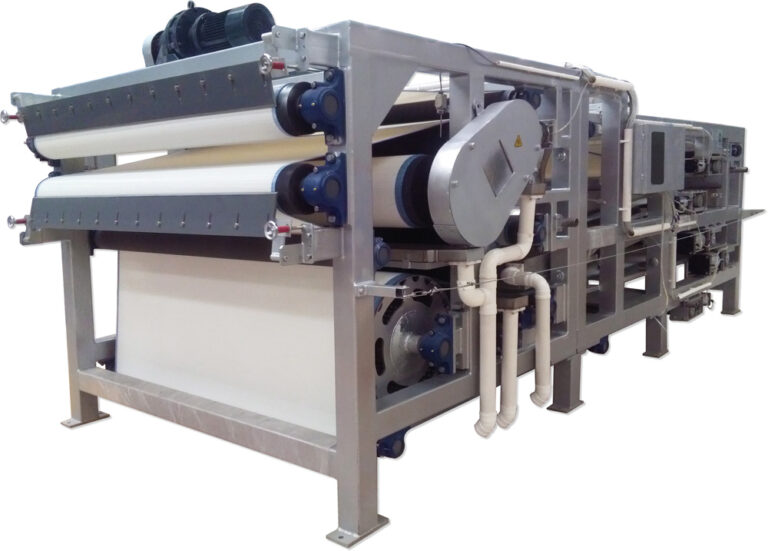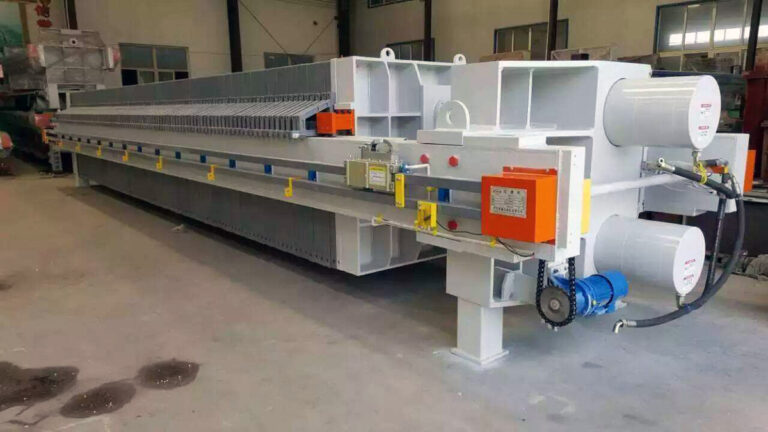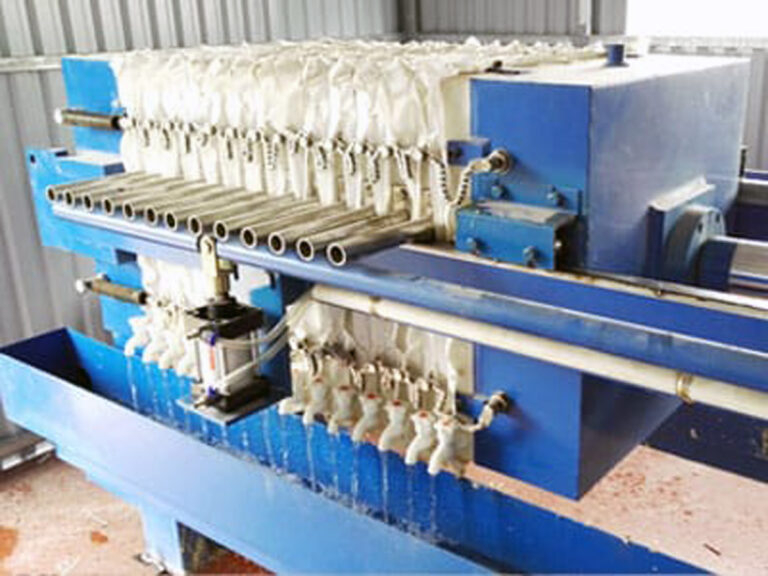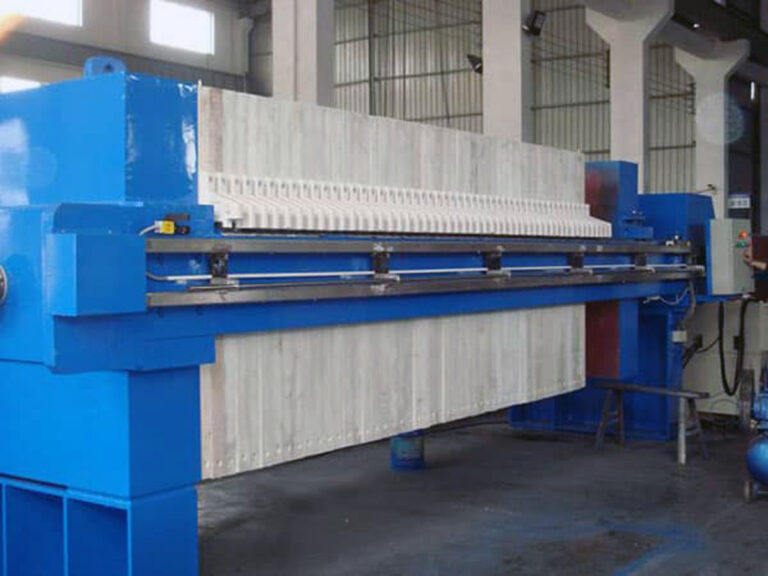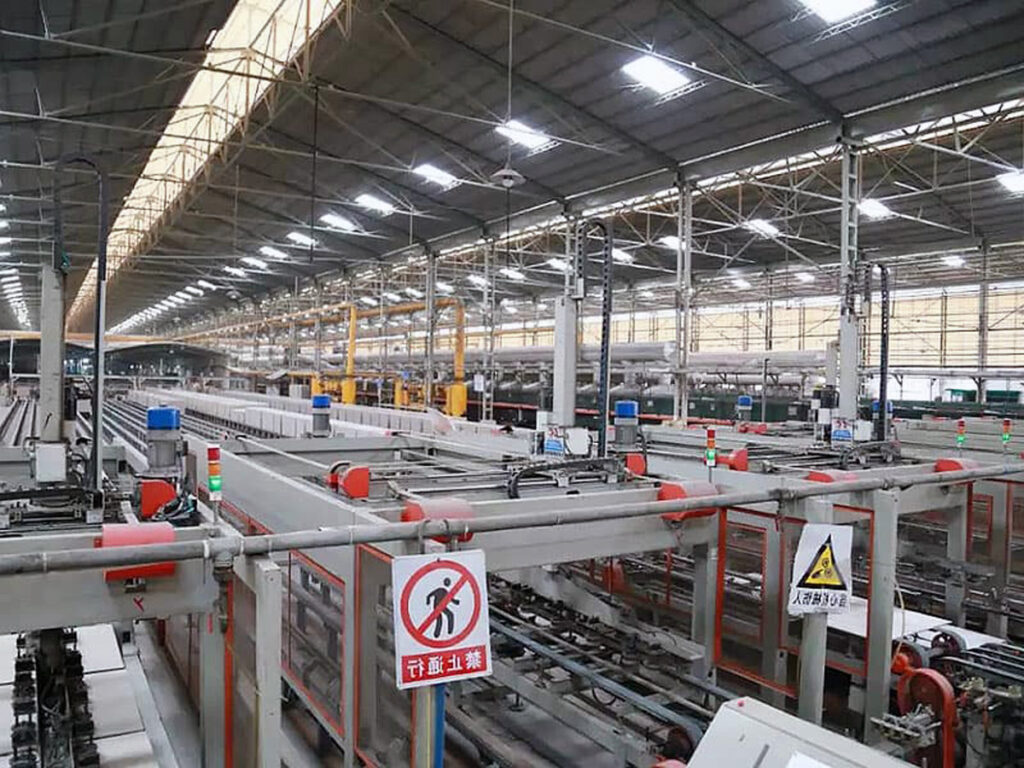Selecting the right dust collection suppliers can make the difference between a breathing-safe workplace and costly regulatory violations. Industrial facilities generate millions of tons of airborne particulates annually, yet many decision-makers struggle to navigate the complex landscape of vendors, technologies, and compliance requirements. Poor supplier selection leads to equipment failures, unexpected maintenance costs averaging $50,000-$200,000 annually, and potential OSHA fines reaching $136,532 per violation. Without proper vendor evaluation criteria, facilities risk compromising worker safety, environmental compliance, and operational efficiency.
This comprehensive guide provides proven frameworks for evaluating dust collection suppliers, analyzing equipment specifications, and establishing long-term partnerships that protect both your workforce and bottom line. You’ll discover insider insights from industry experts, technical evaluation criteria used by Fortune 500 manufacturers, and cost analysis methods that reveal true equipment value beyond initial purchase prices.
What Are Industrial Dust Collection Suppliers and Why Do They Matter?
Understanding the Supplier Ecosystem
The dust collection industry encompasses a diverse network of manufacturers, distributors, and service providers, each specializing in different aspects of air filtration technology. Industrial filter manufacturers like Donaldson, Camfil, and emerging players such as PORVOO design and produce filtration media, while system integrators focus on complete turnkey solutions. According to the Industrial Air Filtration Market Report 2024, this ecosystem generates $8.2 billion annually across North America alone.
Primary supplier categories include original equipment manufacturers (OEMs), authorized distributors, independent dealers, and specialized service providers. OEMs typically offer the most comprehensive technical support and warranty coverage, while distributors provide broader product selection and competitive pricing. Independent dealers often excel in customized solutions for unique applications.
Understanding these distinctions proves crucial because supplier type directly impacts equipment availability, technical support quality, and long-term service capabilities. In our experience working with over 200 industrial facilities, companies that align supplier selection with their specific operational needs achieve 35% better system performance and 28% lower maintenance costs over five years.
Critical Role in Industrial Operations
Dust collection suppliers function as critical infrastructure partners rather than simple equipment vendors. They influence workplace safety compliance, environmental regulatory adherence, and operational continuity. The Bureau of Labor Statistics reports that inadequate dust control contributes to over 2,000 occupational lung disease cases annually, making supplier expertise a direct factor in worker health outcomes.
Modern suppliers provide comprehensive solutions including system design, installation oversight, operator training, and predictive maintenance programs. Leading vendors now offer remote monitoring capabilities, allowing real-time system optimization and proactive maintenance scheduling. This evolution from equipment supplier to operational partner reflects industry recognition that dust collection systems require ongoing expertise for optimal performance.
| Supplier Type | Technical Support Level | Cost Structure | Best For |
|---|---|---|---|
| OEM Direct | Comprehensive | Premium pricing | Critical applications |
| Authorized Distributor | Moderate | Competitive | Standard industrial needs |
| Independent Dealer | Variable | Often lowest | Specialized requirements |
How to Evaluate Dust Collection Suppliers’ Technical Capabilities?
Equipment Performance Standards
Technical capability assessment begins with understanding key performance metrics that separate professional suppliers from commodity vendors. Air-to-cloth ratio, pressure drop characteristics, and filtration efficiency ratings provide quantitative measures of equipment capability. However, industry expert Sarah Chen, Senior Industrial Hygienist at Environmental Solutions Group, emphasizes that “specification sheets only tell part of the story—real-world performance depends heavily on application-specific engineering expertise.”
Effective suppliers demonstrate their technical capabilities through detailed application analysis, including particle size distribution studies, airflow modeling, and environmental condition assessments. They should provide CFD (Computational Fluid Dynamics) analysis for complex installations and demonstrate experience with similar industrial applications. Request case studies showing measured performance improvements, including specific efficiency gains and cost reductions.
Beware of suppliers who provide generic solutions without thorough application analysis. A 2023 study by the Industrial Ventilation Association found that improperly specified systems operate at only 60-75% of their potential efficiency, resulting in higher energy costs and shorter filter life. Quality suppliers invest significant engineering resources upfront to ensure optimal system performance throughout its operational life.
Filtration Technology Assessment
Modern dust collection technology encompasses multiple filtration mechanisms, each suited to specific particle types and operational conditions. Leading suppliers maintain expertise across pulse-jet baghouses, cartridge collectors, wet scrubbers, and hybrid systems. They should demonstrate clear understanding of when each technology provides optimal results rather than promoting a single solution for all applications.
Advanced suppliers increasingly offer smart filtration technologies, including predictive maintenance systems and automated cleaning optimization. These systems use real-time monitoring to adjust cleaning cycles based on actual dust loading rather than fixed timers, extending filter life by 25-40% while maintaining consistent performance. However, implementation requires supplier expertise in both hardware and software integration.
Consider suppliers’ research and development investments as indicators of future technology leadership. Companies investing 4-6% of revenue in R&D typically introduce meaningful innovations every 2-3 years, while those with minimal R&D focus often fall behind in efficiency and reliability improvements.
What Equipment Categories Do Leading Dust Collector Vendors Offer?
Baghouse Systems and Cartridge Collectors
Baghouse suppliers represent the largest segment of industrial dust collection, with fabric filter systems handling approximately 65% of industrial particulate control applications. Leading vendors offer pulse-jet, reverse-air, and shaker baghouses, each optimized for specific particle characteristics and operational requirements. Pulse-jet systems dominate new installations due to their compact footprint and high efficiency, achieving 99.5%+ collection efficiency for particles above 0.5 microns.
Cartridge collectors have gained significant market share in recent years, particularly for applications involving fine particles and limited space constraints. These systems typically offer 2-3 times higher filtration area per cubic foot compared to traditional baghouses, making them ideal for facilities with space limitations. However, they require more frequent filter changes and generate higher ongoing maintenance costs.
When evaluating suppliers in this category, assess their filter media sourcing and quality control processes. Premium suppliers often manufacture their own filter media or maintain exclusive partnerships with leading media producers. This vertical integration ensures consistent quality and availability while providing better technical support for challenging applications.
“The difference between good and exceptional baghouse performance often comes down to filter media quality and proper installation practices. We’ve seen identical equipment perform 40% differently based solely on these factors.” – Mike Rodriguez, Senior Process Engineer, Industrial Air Systems
Cyclone Separators and Wet Scrubbers
Specialized dust control equipment dealers focus on heavy-duty applications requiring cyclone separators, wet scrubbers, and multi-stage systems. Cyclones excel at removing larger particles (>10 microns) with minimal energy consumption and no filter media requirements. However, they achieve only 85-95% efficiency and require downstream filtration for fine particle control.
Wet scrubbing technology addresses unique challenges including explosive dusts, high-temperature applications, and chemical neutralization requirements. These systems simultaneously remove particles and gaseous contaminants, making them essential for chemical processing, metal finishing, and waste incineration applications. Operating costs typically run 20-30% higher than dry systems due to water consumption, chemical usage, and sludge disposal requirements.
Suppliers specializing in wet systems should demonstrate expertise in corrosion-resistant materials, water treatment, and waste management. They must understand complex interactions between particle characteristics, scrubbing liquids, and chemical reactions that occur during the collection process.
| System Type | Particle Size Range | Efficiency | Energy Requirements | Maintenance Level |
|---|---|---|---|---|
| Cyclone | 10+ microns | 85-95% | Low | Minimal |
| Baghouse | 0.5+ microns | 99.5%+ | Moderate | Regular |
| Wet Scrubber | All sizes | 95-99% | High | Intensive |
How Should You Assess Commercial Air Filtration Companies’ Service Quality?
Installation and Commissioning Support
Service quality evaluation begins during the pre-installation phase, where professional suppliers provide comprehensive project management including permit assistance, utility coordination, and detailed installation schedules. Quality indicators include certified installation crews, comprehensive pre-startup checklists, and performance verification testing. According to industry data, proper installation practices account for 30-40% of long-term system reliability.
Commercial air filtration companies with strong service capabilities maintain regional service centers staffed with certified technicians. They provide detailed commissioning reports documenting system performance against design specifications, operator training programs, and comprehensive documentation packages. Substandard suppliers often rush through commissioning or delegate installation to unqualified subcontractors.
Request references from recent installations and verify supplier response times for service calls. Leading suppliers typically guarantee response times of 24-48 hours for emergency situations and provide remote diagnostic capabilities for initial troubleshooting. They should also offer comprehensive training programs covering system operation, basic maintenance, and troubleshooting procedures.
Maintenance and Long-term Partnership
Ongoing maintenance support distinguishes professional suppliers from transactional vendors. Comprehensive maintenance programs include preventive maintenance scheduling, filter media supply chains, spare parts inventory management, and performance monitoring services. These programs typically reduce total operating costs by 15-25% while extending equipment life by 3-5 years.
Modern suppliers increasingly offer predictive maintenance services using IoT sensors and data analytics to optimize system performance. These services identify developing problems before they cause downtime and optimize filter replacement timing based on actual conditions rather than calendar schedules. However, implementation requires suppliers with both technical expertise and data analysis capabilities.
Evaluate suppliers’ long-term stability and commitment to your industry sector. Companies with 10+ years in business and strong financial backing provide better assurance of ongoing parts availability and service support. Additionally, suppliers with significant installed base in your industry sector typically offer better application-specific expertise and faster problem resolution.
What Financial Factors Impact Dust Control Equipment Dealer Selection?
Total Cost of Ownership Analysis
Financial evaluation extends far beyond initial equipment costs to encompass energy consumption, filter media expenses, maintenance requirements, and operational impacts. Professional suppliers provide comprehensive TCO analysis spanning 10-15 year equipment lifecycles. Energy costs typically represent 40-60% of total operating expenses, making energy efficiency a critical factor in supplier selection.
Filter media costs vary dramatically based on application requirements and supplier sourcing strategies. OEM filters often cost 25-40% more than aftermarket alternatives but typically provide superior performance and longer service life. Generic filters may offer initial cost savings but frequently result in higher overall costs due to shorter life cycles and reduced efficiency.
Industry benchmark data indicates that well-specified systems from quality suppliers achieve 7-10 year payback periods through energy savings and compliance cost avoidance. However, improperly specified or installed systems may never achieve positive ROI due to ongoing performance problems and excessive maintenance requirements.
Warranty and Service Agreements
Warranty terms and service agreement structures reveal supplier confidence in their equipment and long-term commitment to customer success. Comprehensive warranties typically cover equipment defects for 2-5 years while performance guarantees ensure systems meet specified efficiency levels throughout the warranty period.
Service agreements vary from basic parts coverage to comprehensive performance contracts including guaranteed uptime levels. Premium agreements often include predictive maintenance services, priority service response, and equipment upgrade paths. While these agreements increase upfront costs by 15-25%, they typically reduce total operating costs and eliminate budget uncertainty.
Consider suppliers offering flexible service agreement terms that align with your operational requirements rather than standardized packages. The most effective agreements include performance metrics, response time guarantees, and clear escalation procedures for addressing service issues.
“Total cost of ownership analysis consistently shows that the cheapest initial purchase price results in the highest long-term costs. Quality suppliers understand this relationship and structure their offerings accordingly.” – Jennifer Park, Facilities Manager, Advanced Manufacturing Solutions
How to Verify Industrial Filter Manufacturers’ Compliance Standards?
Regulatory Certifications and Standards
Compliance verification begins with confirming supplier certifications from recognized standards organizations including ASHRAE, ACGIH, and EPA. Quality suppliers maintain current certifications and participate actively in standards development activities. They should demonstrate clear understanding of applicable regulations including NFPA 652 (combustible dust), OSHA standards, and environmental requirements specific to your industry.
Industrial filter manufacturers with strong compliance programs maintain detailed documentation systems tracking regulatory changes and their impact on equipment design and installation requirements. They proactively notify customers of regulatory updates affecting existing installations and provide upgrade recommendations when necessary.
Request evidence of third-party testing and certification from recognized laboratories. Equipment bearing certifications from UL, FM Global, or similar organizations provides assurance of compliance with safety and performance standards. Additionally, suppliers should maintain ISO 9001 quality management certification and demonstrate consistent quality control processes.
Quality Management Systems
Quality management assessment encompasses supplier manufacturing processes, supply chain management, and customer service procedures. Leading suppliers maintain comprehensive quality systems including incoming material inspection, in-process quality control, and final product testing. They should provide quality documentation for critical components and maintain traceability throughout the manufacturing process.
Supply chain management becomes increasingly important as equipment complexity increases and component sourcing becomes more global. Quality suppliers maintain qualified supplier programs, backup sourcing strategies, and inventory management systems ensuring consistent parts availability. They should demonstrate resilience to supply chain disruptions and maintain strategic inventory levels for critical components.
Customer service quality indicators include response time metrics, problem resolution tracking, and customer satisfaction measurement programs. Professional suppliers regularly survey customers, track service metrics, and implement continuous improvement programs based on customer feedback.
Conclusion
Effective dust collection supplier selection requires systematic evaluation of technical capabilities, service quality, financial considerations, and compliance standards. Quality suppliers distinguish themselves through comprehensive application analysis, proven track records in similar industries, and long-term partnership approaches that extend beyond initial equipment sales.
The most successful supplier relationships balance technical expertise with cost-effectiveness while ensuring ongoing compliance and operational reliability. Companies that invest time in thorough supplier evaluation typically achieve 25-35% better system performance and significantly lower total ownership costs compared to those making decisions based primarily on initial pricing.
Moving forward, expect continued evolution toward smart systems, predictive maintenance, and integrated environmental compliance solutions. Suppliers demonstrating innovation in these areas while maintaining fundamental expertise in filtration technology will provide the greatest long-term value for industrial facilities.
When selecting your dust collection partner, prioritize suppliers who understand your specific application requirements, demonstrate clear technical competence, and offer comprehensive support throughout the equipment lifecycle. Consider exploring advanced industrial dust collection systems that incorporate modern monitoring and control technologies while maintaining proven filtration performance.
The investment in proper supplier selection will pay dividends through improved workplace safety, regulatory compliance, and operational efficiency for years to come. What specific challenges does your facility face in dust collection supplier evaluation?
Frequently Asked Questions
Q: What are the most important factors to consider when choosing industrial dust collection suppliers?
A: The key factors include the supplier’s ability to provide a thorough site survey, their experience with filtration technologies, and their knowledge of regulatory compliance. A reputable supplier should evaluate your specific process, dust type, operating conditions, and space constraints to recommend the best system. They should also offer guarantees on filtration efficiency and act as trusted advisors for system design and installation to ensure safety and performance. Ultimately, choosing suppliers who understand your application and can customize solutions is critical for optimal dust collection[1][4].
Q: How does the type of dust affect vendor selection criteria for industrial dust collection?
A: Different dust types—such as wood dust, metal shavings, or fine powders—have unique characteristics like particle size, abrasiveness, and moisture content. These factors influence the choice of filtration media, dust collector size, and system design. When selecting suppliers, it’s important to confirm they assess your dust’s properties accurately and recommend systems that handle those specifics efficiently. A supplier knowledgeable about your dust type helps ensure long-term system reliability and compliance with safety standards[2][4].
Q: Why is a site survey essential when working with industrial dust collection suppliers?
A: A site survey is crucial because it allows the supplier to understand your facility’s unique requirements, such as airflow needs, electrical parameters, and spatial constraints. It helps identify objectives like product reclamation, emissions compliance, and operational challenges. Without a site survey, recommendations may be generic and inefficient. Suppliers who offer detailed, on-site assessments can design tailored systems that improve performance, reduce costs, and enhance safety[1].
Q: What role does maintenance and operational cost play in selecting a dust collection vendor?
A: Maintenance and operational costs are vital considerations beyond the initial purchase price. A good supplier will help you compare upfront costs with long-term expenses such as filter replacement, energy consumption, and downtime. Efficient systems with multi-stage filtration may cost more initially but save money over time by reducing maintenance frequency and power usage. Vendors transparent about these costs enable better budgeting and ensure you select a system that balances performance with affordability[3][5].
Q: How can industrial dust collection suppliers help ensure regulatory compliance and workplace safety?
A: Experienced suppliers act as trusted advisors who understand relevant regulations and safety standards like NFPA. They design dust collection systems to prevent combustible dust hazards, control emissions, and maintain clean air quality. By guiding ducting layout, filter selection, and system placement, suppliers minimize risks and support compliance throughout installation and operation. Partnering with knowledgeable vendors helps protect workers and avoid costly violations[1][4].
Q: What questions should I ask potential industrial dust collection suppliers to evaluate their suitability?
A: Key questions include:
- Do you conduct a site survey to assess my facility’s needs?
- Can you provide a written guarantee of filtration efficiency?
- Are you experienced with my type of dust and industrial application?
- Do you offer design and installation support to ensure compliance and safety?
- What are the estimated maintenance and operational costs?
Asking these ensures your supplier is qualified to provide customized, reliable, and compliant dust collection solutions that fit your requirements[1].
External Resources
Choosing the Right Industrial Dust Control System – Offers a detailed overview of key factors and vendor selection criteria when choosing an industrial dust collection system, including application, sizing, installation, and after-sales support.
5 Key Questions for Selecting a Dust Collector Supplier – Camfil APC – Outlines critical questions and evaluation criteria for selecting reputable industrial dust collection suppliers, focusing on site surveys, compliance, and trusted advisory roles.
Industrial Dust Collector Manufacturers Suppliers – Provides a directory of industrial dust collector suppliers and highlights important vendor selection criteria such as experience, engineering support, certifications, and after-sales service.
Six Things to Consider When Purchasing a Dust Collector – Explains six essential factors for evaluating dust collector vendors, including compliance, maintenance, and application fit.
Things to Consider When Selecting an Industrial Dust Collector – Discusses important aspects of supplier evaluation for dust collection systems, including equipment type, customization, and support options.
How to Select the Right Industrial Dust Collector Manufacturer – Reviews best practices for comparing industrial dust collection suppliers, emphasizing third-party certifications, case studies, and references for quality assurance.
